Kids these days seem to spend more time inside staring at screens than enjoying the outdoors.
While there are many great reasons to get kids outside, one of the best is that it can help them learn and develop important skills.
Gardens in homes and schools can provide a variety of benefits for growing minds!
Here are just a few reasons to consider starting a garden today.
[lwptoc]
18 Reasons to start backyard gardens in homes and schools
Some reasons to start backyard gardens in homes and schools include the following:
1. It teaches the kids the importance of good and nutritious food.
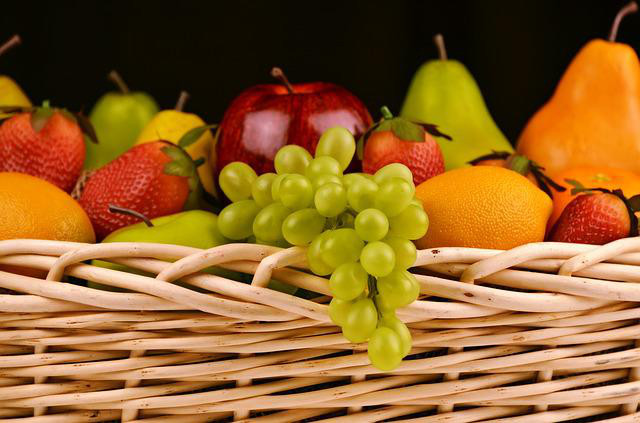
When children grow their own food, they learn about where it comes from and how it is grown.
This can help to encourage healthy eating habits and an appreciation for fresh, nutritious meals.
2. It is a good way for low income families to save money on fruits and vegetables.
It is no secret that the cost of living has been on the rise in recent years.
One way to combat this is by growing your own food.
Families who may not have a lot of extra money can use their backyard space to grow fruits and vegetables.
This can help them save money on their grocery bills each month.
3. It provides high quality fresh produce.
When you grow your own fruits and vegetables, you can be sure that they are free of harmful chemicals and pesticides.
You also have the opportunity to choose organic seeds and soil to use in your garden.
This will help to ensure that your family is eating the highest quality produce possible.
4. Gardening helps to improve air quality by removing pollutants from the air.
Fruit trees, trees in general and plants act as natural filters for the air.
When they are present in large numbers, they can help to enhance the air quality in an area.
This is especially important for children, who are more susceptible to the effects of air pollution.
5. It can also help to reduce noise pollution by absorbing sound waves.

In addition to improving air quality, a garde can also help to reduce noise pollution.
This is important in both homes and schools, where noise levels can sometimes get too loud.
6. It is a way to teach children about how the farming industry works.
Farming is a vital part of our economy and survival, so it is important for children to learn about it.
Gardening can be a way to teach them where food comes from and how it is grown an how it should be grown.
7. It can help creating a more pleasant microclimate by providing shade and cooling the air around the garden.
A garden can help to create a more pleasant microclimate by providing shade and cooling the air around them.
This is important in both homes and schools, where the temperatures can sometimes get too hot.
8. It can help to improve mental health by providing an opportunity to get outside and enjoy nature.
A garden can help to improve mental health by providing an opportunity to get outside and enjoy nature.
This is especially important for children, who often spend too much time indoors.
Gardening can be a great way to get away from the hustle and bustle of everyday life and to clear your head.
It can also be a great way to connect with nature and to find a bit of peace and quiet.
Just a little bit of contact with the soil does wonders in one’s body and mind.
9. It is a great way for schools and families to implement creative ways of education.
This includes getting children involved in the planting, watering, and harvesting of the crops.
It is also a great way to teach them about environmental responsibility and the importance of taking care of our planet.
10. Gardening can help to promote physical activity and exercise.
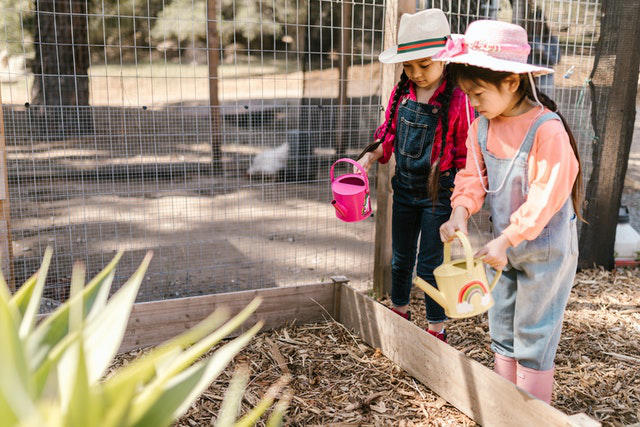
This is especially important for children, who often do not get enough exercise.
Gardening is a great way to get them moving and to burn off some extra energy.
11. It can help to develop a sense of responsibility, self-reliance, ownership and accomplishment.
When children are involved in gardening, they learn to care for plants and to take responsibility for their own little patch of earth.
This can help to create a sense of pride and ownership, as well as a sense of accomplishment when they see the results of their actions.
12. Gardening can teach patience and perseverance.
Caring for a garden takes time, effort and patience.
Gardening can help to instill these qualities in children, who often have to wait for seeds to germinate and plants to grow.
13. It can be a great way to spend time together as a family.
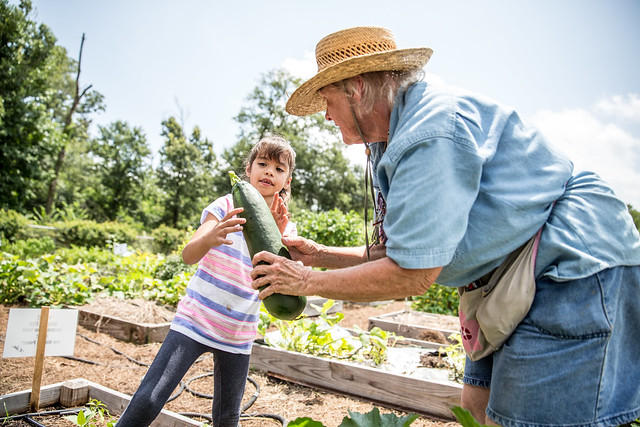
Gardening is a great activity to do together as a family.
It gives everyone a chance to get outside, to enjoy the fresh air and to spend some quality time together.
14. It can help to create a love of nature and the environment in children.
When children garden, they learn to appreciate the natural world and the creatures that live in it.
This can help to foster a respect and love for the environment.
15. It can provide an opportunity to learn about science, nature, math, and other academic subjects.
Children can learn about the life cycle and parts of the plants, and how to identify different types of them.
They can also learn about the insects that live in gardens and how they help to pollinate plants.
They will also be learning a bit about math when for example, they have to measure and calculate the area of their garden plot.
16. Vegetable Gardens can make your home or the school more beautiful!
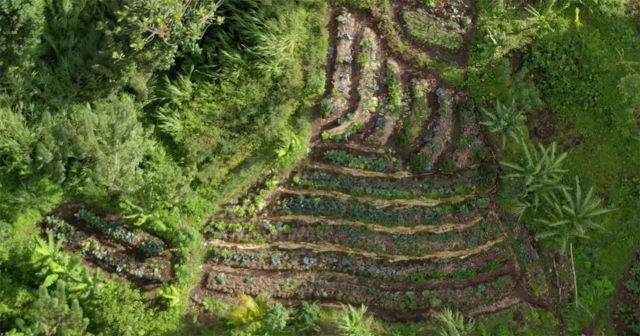
Not only do they provide fresh produce, but they can also add color and life to your yard or campus.
The variety of veggies and flowers will make any space feel more welcoming and can even attract beneficial wildlife.
17. It can be a fun and rewarding hobby for people of all ages!
It’s a great way to get outside, get some exercise, and enjoy the fresh air.
And who doesn’t love the satisfaction of watching something you’ve grown yourself come to life?
Whether you have a green thumb or not, there’s a garden out there that’s perfect for you.
18. It is a great option for reducing your carbon footprint!
Plants absorb carbon dioxide and release oxygen, helping to improve air quality.
Plus, growing your own food reduces the amount of energy used to transport groceries.
How to start a backyard garden
If you have never gardened before, it can seem like a daunting task. However, with a little research and planning, anyone can be a successful gardener. Here are a few tips to get you started:
1. Choose the right location.
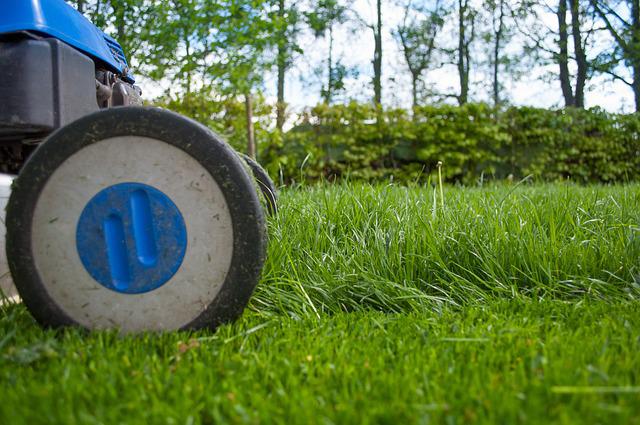
Make sure you select a spot that gets enough sunlight and has well-drained soil.
If you have a small space, you can even grow plants in containers or vertically.
Remember there is not such a thing as the ideal size.
Any space you have, it is the ideal size.
Just choose and go.
2. Decide what you want to grow.
Once you know where you will be making your garden, you can decide what types of plants you would like to grow.
If you decided to grow a vegetable garden, consider planting things that are easy to grow and that you will actually eat.
The same goes if you choose to make a herb garden or a flower garden. Plant things you will enjoy.
The best advice is to have a mix of all those types of gardens. The different plants will bring different qualities and benefits to the ecosystem.
Keep reading for more information about what to grow in your own backyard garden.
3. Get the right supplies.
Before you start planting, make sure you have all the supplies you need, including seeds or young plants, soil, fertilizer, pots or containers (if necessary), and watering can.
4. Decide the garden layout and make a plan.
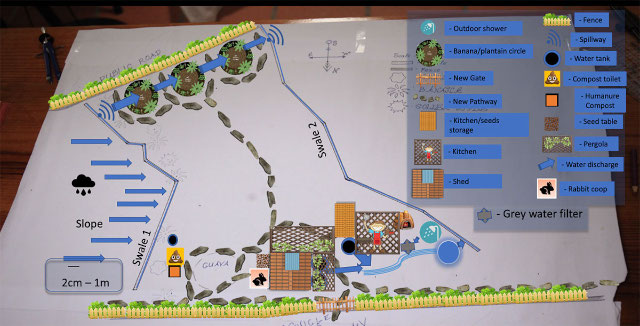
Once you have all your supplies, it’s time to make a plan.
Decide where each type of plant will be planted and how you will arrange them.
Will you use crop rotation, intercropping, another technique?
Are you going to make use raised beds or just conventional garden beds?
This will help you stay organized and make the most of your space.
5. Planting time!
Once you have your plan, it’s time to start planting!
Follow the instructions on the seed packet or plant label.
6. Maintenance is key!
After all your hard work, you will definitely want to maintain your garden!
It will need a lot of nutrition and hydration!
So make sure you constantly add some organic matter through compost and mulch.
You can make compost in your home or buy it and the mulch can be made from pruning your trees or mowing the lawn.
The mulch will not only help you with more organic matter, but also will help you in decreasing the amount of water you need as it keeps the soil moistured.
7. Enjoy your garden!
Don’t forget to enjoy the fruits (or veggies) of your labor by spending time in your beautiful backyard garden.
So, you decided to go for it…
Now, what to plant in a backyard garden?
The possibilities are endless, but here are a few ideas to get you started.
If you have a lot of space:
You could plant a mix of veggies, fruits, herbs and flowers.
Some of the favourites in a vegetable garden include tomatoes, peppers, cucumbers, lettuce, and squash.
Fruits such as strawberries, blueberries, and raspberries are also easy to grow and produce a lot of fruit.
And, of course, there are endless possibilities when it comes to flowers. Consider planting annuals and perennials that will bloom at different times throughout the growing season.
If you have limited space:
You may want to focus on growing vegetables such as lettuce, spinach, radishes, and beans or herbs, such as basil, oregano, mint, and rosemary are easy to grow and don’t take up much space.
You could also choose to grow in pots with a mix of different plants.
How to care for a backyard garden?
Once you have your backyard garden up and running, there are a few things you need to do to keep it healthy and thriving.
Here are a few tips:
1. Water regularly.
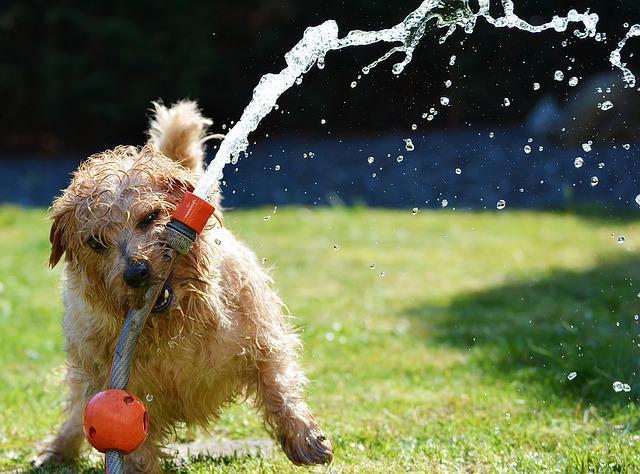
Water your plants regularly, making sure to give them enough water but not too much.
If you live in an area with a lot of rain, you may not need to water as often.
2. Fertilize.
Fertilize your plants according to the instructions on the fertilizer package. This will help them grow strong and healthy.
3. Prune.
Prune your plants regularly to promote growth and remove dead or dying leaves and branches.
4. Watch for pests.
Keep an eye out for pests such as aphids, beetles, and caterpillars. If you see them, remove them by hand or use an organic pesticide.
5. Make sure to harvest that vegetable garden!
When your fruits and vegetables are ripe, harvest them and enjoy!
With a little care and attention, your backyard garden will be flourishing in no time.
How to get children involved in the backyard garden?
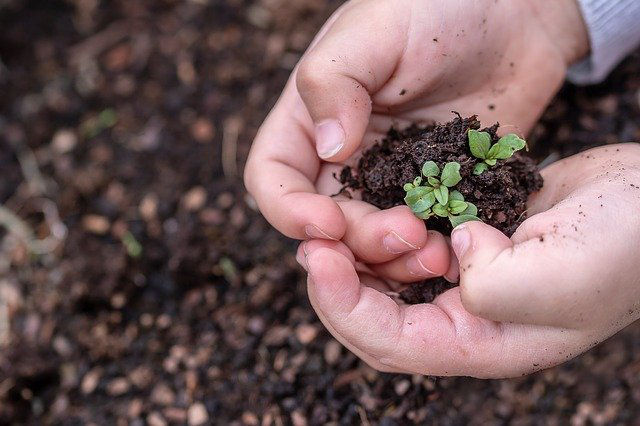
A backyard garden is a great way to get children involved in the outdoors and teach them about where food comes from.
Here are a few ideas:
1. Let them choose what to plant.
Let your child pick out some seeds or plants that they would like to grow. This will get them excited about the garden from the start.
2. Help them plant and water.
Get them involved in the planting and watering process. They can help you mix the soil, plant the seeds, and water the plants.
3. Let them harvest the fruits and vegetables.
When the time comes to harvest, let your child help you pick the fruits and vegetables. They will be so proud of what they have grown!
4. Plan and cook with your child a delicious meal using the fruits and vegetables from your garden.
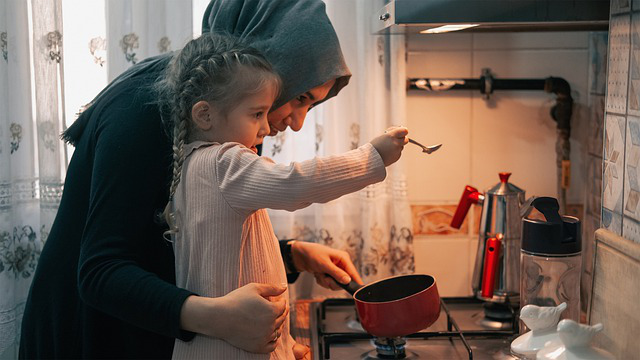
This will be a great way to end the process and show them how their hard work has paid off.
4. Make it fun!
Gardening can be messy, so make sure to dress your child in old clothes that you don’t mind getting dirty. And don’t forget the sunscreen!
It is a great way to spend time with your child and teach them about nature.
3 Beautiful Backyard ideas
Well now you are already set with everything you need to know to get started with your backyard garden.
Now, we would like to share with you three different backyard ideas to get some inspiration:
1. The Container Gardener
This type of garden is perfect for those who do not have a lot of space, or if you want to have a garden but do not want to deal with the hassle of dealing with weeds.
This is a perfect way of having a small herb garden as well.
All you need are some pots, potting soil, and your desired plants.
Cheap and Easy Containers for Garden Ideas:
Container Ideas:
2. The Raised Beds Garden
This type of garden is perfect for those who have bad knees or back, as you will not have to bend down as much.
It is also great for those who have pets, as they will not be able to dig up your plants.
How to build planter boxes:
How to make Hugelkultur raised beds:
Inspiring Raised Beds Ideas:
3. The Vertical Garden
This type of garden is perfect for those who want to save space, as you can grow your plants up instead of out.
There are many different ways that you can create a vertical space in your garden or even inside your home, so you will need to do some research to figure out which one is right for you.
But usually, it involves creating a frame and then attaching pots or planters to it.
Why and How to Add Vertical Space to the Garden:
Vertical Garden Ideas:
https://www.youtube.com/watch?v=C6o6p5zBFDc
With a little patience and effort, you will soon have a thriving backyard garden that the whole family can enjoy.
If you are looking for a way to improve your health, your mental well-being, or the environment, consider starting a garden today (preferably a vegetable garden!).
You may be surprised at how much you enjoy it!
Thank you for reading!
We hope that you found this post helpful and informative.
If you have any questions or comments, please feel free to share them with us in the comment section below.
Happy garden time!


